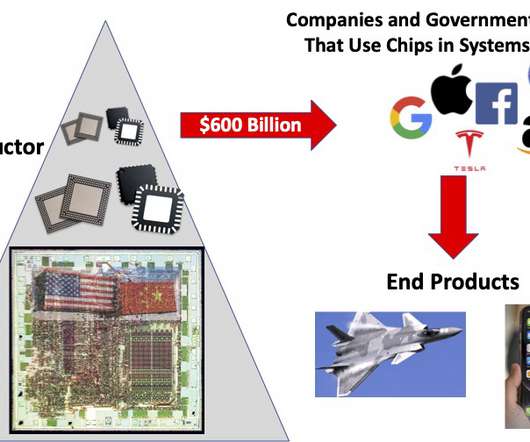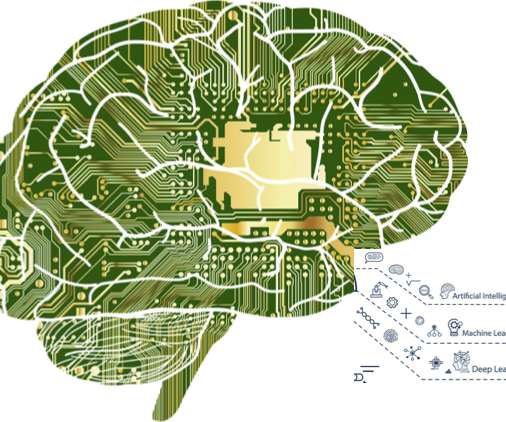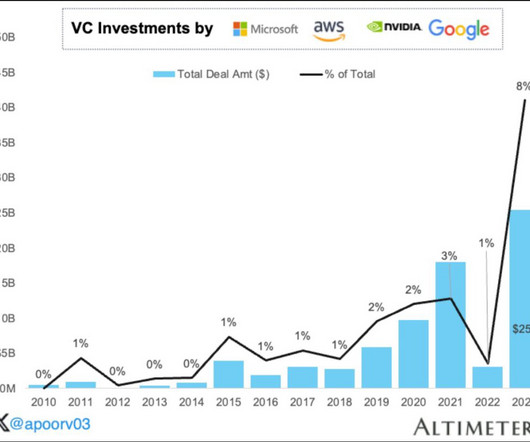The Semiconductor Ecosystem – Explained
Steve Blank
JANUARY 25, 2022
The last year has seen a ton written about the semiconductor industry: chip shortages, the CHIPS Act , our dependence on Taiwan and TSMC , China, etc. Engineers design chips (adding their own designs on top of any IP cores they’ve bought) using specialized Electronic Design Automation (EDA) software. But they don’t design chips.











Let's personalize your content